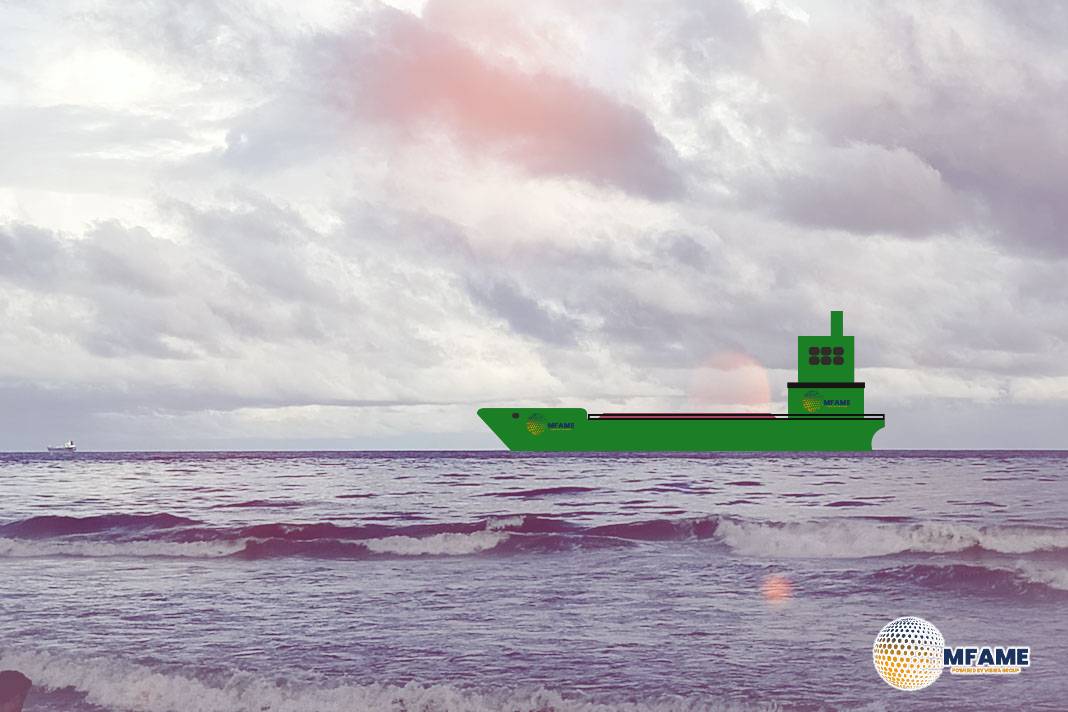Breakwave Advisors, in its latest market analysis titled “Tanker Trade in Turbulence,” outlines how the introduction of reciprocal port fees between the United States and China has intensified structural shifts across global shipping networks. Effective from October 14, 2025, both nations have imposed per-net-ton charges on vessels tied to the opposing country — not by cargo, but by ownership, operation, flag, or build.
Early data indicates the emergence of selective route diversions, a potential rise in tonne-mile demand, and a surge in compliance-related costs as companies strengthen due diligence to verify vessel ownership and avoid regulatory exposure.
China’s Targeted Port Fee Strategy
The new Chinese port-fee regulation is a direct response to ongoing trade frictions with the United States. It applies to ships with a minimum 25% U.S. ownership or operational interest, as well as those flagged or built in the U.S. The levy starts at RMB 400 per net ton in 2025, climbing to RMB 1,120 by 2028, charged at the vessel’s first Chinese port call per voyage. Each vessel is limited to five taxable voyages annually.
Operators are required to submit detailed ownership information seven days before arrival, with penalties for non-compliance including denial of port entry or clearance. Notably, Chinese-built vessels — even those under U.S. control — are exempt, reinforcing China’s strategic intent to promote domestic shipbuilding while discouraging reliance on U.S.-linked tonnage.
Shifting Dynamics and Competitive Asymmetry
This policy introduces a clear cost asymmetry within global shipping. U.S.-linked vessels now face higher entry costs into Chinese ports, while ships of Asian or neutral build gain a comparative advantage. This asymmetry could encourage reflagging, ownership restructuring, or fleet investments redirected through non-U.S. entities to maintain market access.
Exemptions and Limited Exposure
Following the regulation’s introduction, the Chinese Ministry of Transport outlined a series of exemptions that mitigate the immediate market impact. These include:
- Chinese-built vessels
- Empty ships calling solely for repairs
- Vessels officially approved for exemption under special circumstances
Current data suggests that U.S.-linked or non-Chinese-built tankers represent a small portion of China’s total import fleet. For instance, in 2025 year-to-date figures, U.S.-linked ships accounted for roughly 7% of oil tanker voyages to China, with only about 5% involving non-Chinese-built vessels. Across all tanker classes — from VLCCs to MR2s — the exposure remains modest, suggesting limited disruption to crude and product flows.
Future Exposure and Market Outlook
While present exposure is contained, Breakwave’s analysis points to gradual long-term risk. Approximately 39% of the global tanker orderbook comprises non-Chinese-built vessels, primarily from South Korea, Japan, and Vietnam. These ships, if connected to U.S. interests, could face future operational headwinds under China’s fee regime.
Fleet renewal data also reveals varying vulnerability by class — Suezmax and MR2 tankers show higher replacement ratios, suggesting that newbuild additions may face heightened scrutiny over their ownership and construction origins.
Outlook
The current exemptions offer a practical buffer against broad cost escalation, but the long-term implications extend beyond direct trade costs. As regulatory frameworks evolve, ownership transparency, corporate structuring, and compliance management will increasingly define competitive positioning in cross-Pacific shipping. For most operators, the challenge lies not in the immediate financial burden, but in the administrative and strategic adjustments required to safeguard future market access.
Did you subscribe to our daily Newsletter?
It’s Free — Click here to Subscribe!
Source: Breakwave Advisors

















